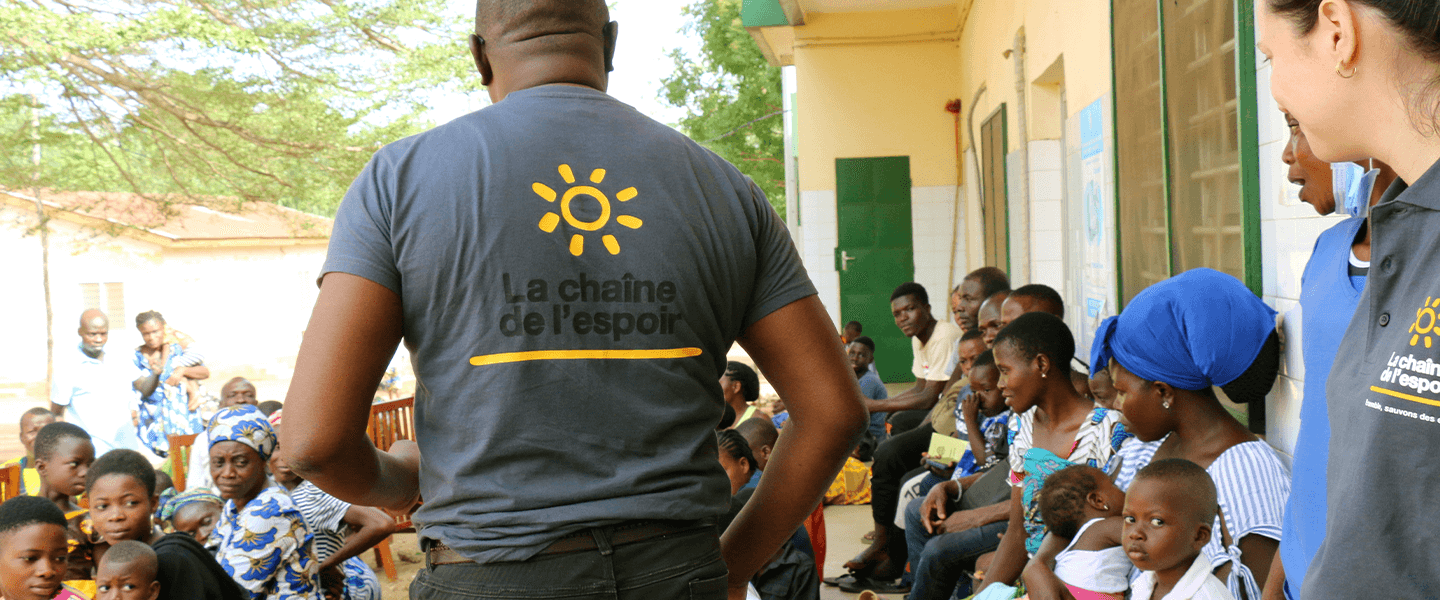Crisis surgery training

Surgical Damage Control is an emergency medical approach aimed at rapidly stabilizing severely injured patients. This method limits initial surgical interventions and focuses on temporary measures to prevent serious complications, before proceeding to more comprehensive treatment once the patient has been stabilized.
Training courses in Ukraine and Armenia
Since August 2022, over 200 Ukrainian surgeons have been trained in Lviv and Kharkiv, creating a network of local trainers and ensuring the sustainability of the project.
This program has now been extended to Armenia. Following the resurgence of tensions in Nagorno-Karabakh, La Chaîne de l’Espoir, in partnership with the Hay Asso association and the Armenian Ministry of Health, has launched on-site training courses. In January 2024, the first train-the-trainer session was held in the capital, Yerevan, and three more have since been organized.
In Ukraine, the aim is to train 24 medical staff a month in Lviv and Kharkiv by 2024. In Armenia, La Chaîne de l’Espoir plans to organize ten training sessions for around 60 surgeons, mainly those working in the regions bordering Azerbaijan.
Pr François Pons, volunteer visceral and thoracic surgeon for La Chaîne de l’Espoir
What feedback do surgeons get from these training courses?
The feedback is very positive. Many surgeons had expressed a need for training in Damage Control techniques, and course evaluations show that participants find them very useful. I was able to talk to young military doctors, who had to deal with many wounded on the front in Ukraine at the start of the war and regretted not having been prepared at the time. The benefits are immediate in the field: I’m thinking in particular of a surgeon in Kharkiv who, shortly after the training, had to treat a heart wound and was able to put into practice what he had learned.
What’s the outlook for the months ahead?
In Armenia, the program is well structured and should enable a large number of surgeons to be trained rapidly. In Ukraine, there is a strong demand for further training, particularly in Kharkiv, close to the combat zones. The aim is to step up these training courses to meet the needs of both civilian and military surgeons, preparing medical teams to deal with crisis situations or massive influxes of wounded.




